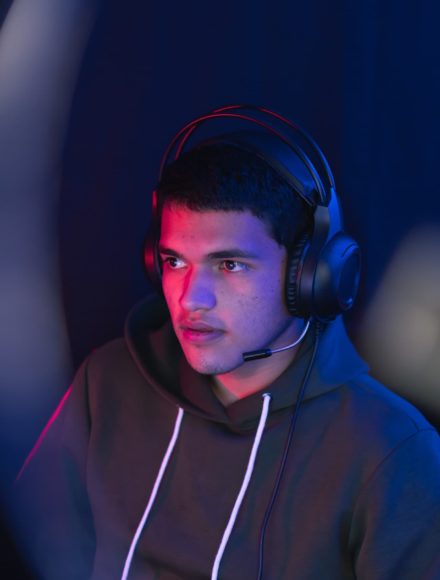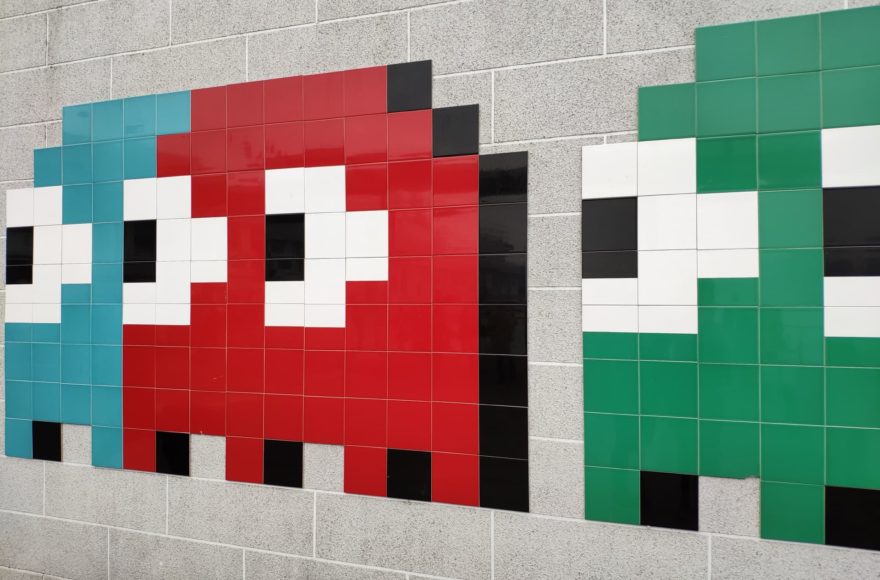Director Eliza Hittman on unmasking the abortion experience Never Rarely Sometimes Always

Once you watch Eliza Hittman’s raw portrait of a teen in a pregnancy crisis, Never Rarely Sometimes Always, the lengthy title choice will make absolute sense. After exploring teenagers’ journeys through young love and trauma in films like It Felt Like Love and Beach Rats, Hittman’s third film follows Autumn (Sidney Flanigan), a Pennsylvania girl with boy problems, a tense relationship with her step-father, and a lecherous boss at her job at a grocery store. The movie is unclear at who gets Autumn pregnant — a choice Hittman says she made deliberately — but in any case, like many girls and women each day, she’s left to take care of it on her own. With the state’s laws restricting abortion for a girl her age and a false pregnancy center that lies to her about the status of her condition, Autumn and her cousin Skylar (Talia Ryder) must travel to New York City for medical attention.
Though Never Rarely Sometimes Always film made its way to theaters just as screens across the country were going dark, the film arrives to VOD starting April 3. In an interview with Polygon, Hittman reveals the tragic inspiration behind the movie, how it ties into her previous films and why she felt the need to tell the story now.
What moved you to tell a story about abortion?
Eliza Hittman: The inspiration came in 2012. I was editing my first movie, It Felt Like Love, and I stopped to read a newspaper. I read a headline that really struck me about a woman in Ireland who passed away after being denied a life-saving abortion. I just started reading about Ireland, abortion laws in Ireland and the Eighth Amendment. I started reading about how women would travel from Ireland to London for an abortion and back, usually in a day. There was something about the idea of this journey that I found very compelling, and a little light bulb went on and I said, there’s a movie in there worth exploring.
Initially, I wrote a treatment set in Ireland, but I didn’t think anyone would fund it. I didn’t think I could find the resources necessary to make it, but I also felt that the same journey exists all over our country. I just started reading about it, and thinking about the journey that many women take from rural areas into urban areas for access to reproductive care.
:no_upscale()/cdn.vox-cdn.com/uploads/chorus_asset/file/19860864/4151_D003_00014_C.jpg)
Photo: Angal Field/Focus Features
Since your inspiration was a woman’s story, at what point did you decide to make the main character a teenager?
I guess all of my films sort of explore themes about youth. I became captivated by this town in Pennsylvania, and I just started reading about Pennsylvania, specifically its long list of restrictions on abortion access. The one that struck me the most was parental consent because your options are either to tell your parents, which is generally not an option, or you can go talk to a judge, and a judge would determine your maturity. I just thought if I was 17-years-old, and I couldn’t make that choice for myself, I would find my way out of that. I consulted a lot with Planned Parenthood on the film, and I met with people at Planned Parenthood Keystone. They told me that young women often go to Binghamton or New York. I thought New York was a much better setting for a story.
After I saw the movie at this year’s Sundance, I heard a man say how this movie was impossible and that things like this don’t happen. Did you want the movie to get people thinking about the way that women and girls are not believed about their bodies?
That’s interesting that he felt like it wasn’t plausible because it happens every day. I think the movie is very much for a young audience and it’s for men like that –– really pigheaded, conservative men that don’t believe or see the ways in which women are powerless. It’s ironic that he said that because the stepfather in the film says it’s in her head. She’s making it up.
:no_upscale()/cdn.vox-cdn.com/uploads/chorus_asset/file/19860870/4151_D003_00010_C.jpg)
Photo: Angal Field/Focus Features
We see Autumn rail against her dad, we see her deal with her creepy boss, and then there’s a jerky boy she throws water at, but there’s no clear indication of who puts her in this position. Why did you decide to leave that a mystery?
I wanted to give a feeling for her world, more than making a family drama. The story is really about the active crisis of her trying to get to New York to get to the abortion and not about her family life. I just wanted to give –– like a sketch –– understanding of all of the circumstances which could have led her to this moment, and I didn’t want to be so on the nose about why and how.
Autumn doesn’t go through this alone. Her cousin comes along with her. When did you add that character to the story?
When I was working on the film in 2013, the narrative I was largely exploring was a girl who was alone, and it didn’t work. When I picked up the film again in 2017, that was the first thing that I went back and realized wasn’t effective. I was really reflecting on my own youth. I grew up in Brooklyn, and I went to Planned Parenthood with friends all the time, not just for abortions, but because someone thought they were pregnant or somebody who’s worried they might have a yeast infection or a million reasons. I just remember taking the train over the Manhattan Bridge, for these unspoken journeys to Planned Parenthood with friends.
How have other movies treated abortions in the past? Was there something you wanted to change in its depiction with your movie?
I think mine has a very unique premise about the legal barriers. I didn’t see that movie. I’ve not seen that movie, and that’s why I wanted to tell that story. I think that there are films like Obvious Child that do a good job of normalizing and de-stigmatizing. Then there are films that explore the back-alley coathanger abortions like Dirty Dancing. There are a lot of different representations, and for me, what made me really want to make this film is that at the core it is about a journey.
:no_upscale()/cdn.vox-cdn.com/uploads/chorus_asset/file/19863370/4151_D012_00045.jpg)
In your previous film Beach Rats, there’s so much light filling shots of Coney Island. Here, there’s so much fluorescent lighting between Port Authority and the Planned Parenthood office. Was that intentional?
Yeah, in thinking about the types of fights throughout the film, and the types of color, there’s definitely a shift. Planned Parenthood, their signature color is blue and everyone in New York wears black. So, those are colors that we didn’t want in Pennsylvania. It has a much more faded palette in Pennsylvania with pops of neon in the wardrobe and stuff, and that was specific. It has more natural light. Then as we come into the city, the lighting becomes more harsh, fluorescent and institutional. That was a progression that we charted early on.
Within the last few years, there have been so many different crackdowns on abortion access. Did you feel a political push to say something about this?
Yes, that was the intention, but I also didn’t want to make something that was overly political and overly didactic, and make something that felt like spinach, something that everybody needed to consume in order to understand the world. Really, my passion was for telling a character-driven story in the vein of everything that I’ve made and touched upon –– political issues through an intimate lens.
—
Polygon





